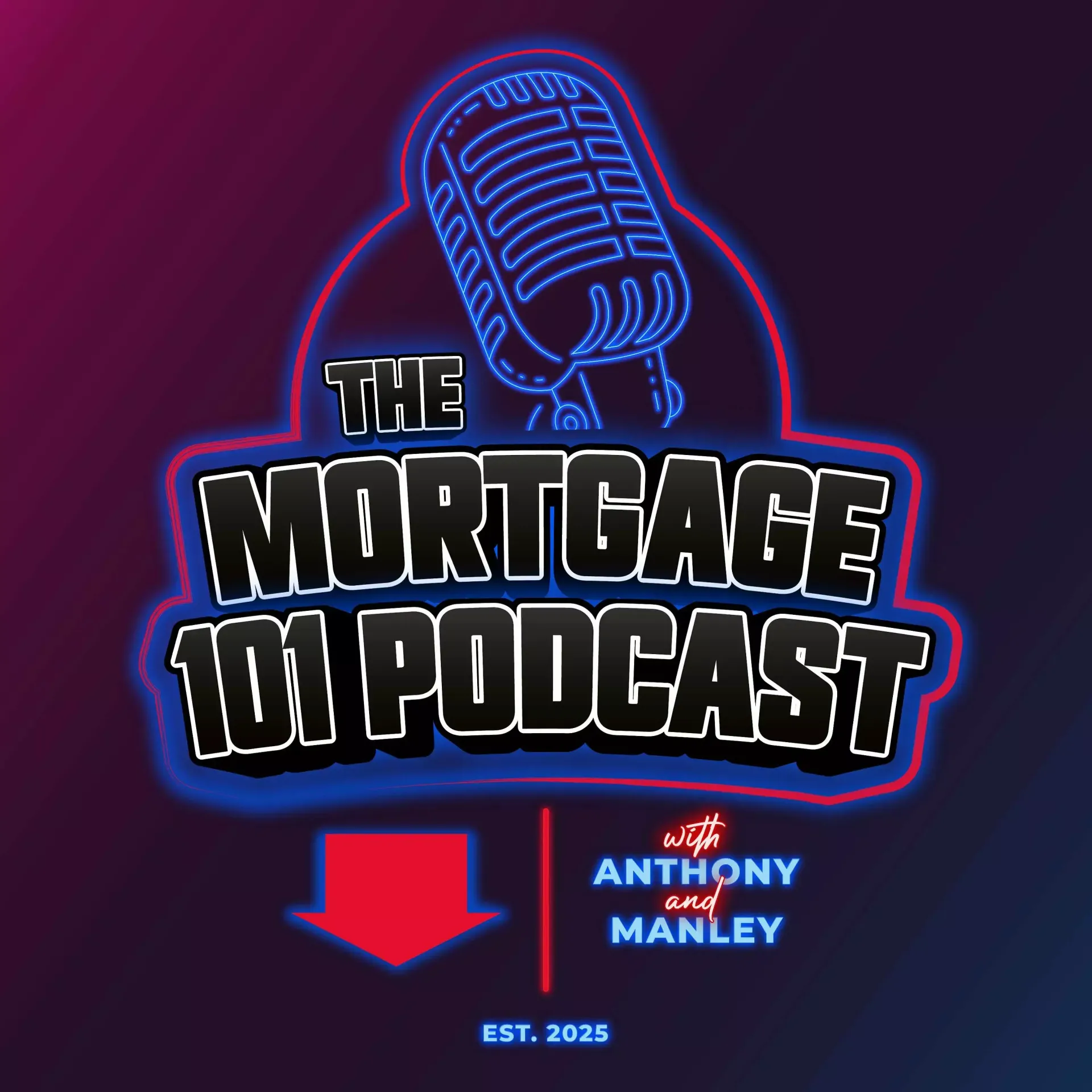Mortgage 101 Podcast: Episode 5 - Navigating Low Inventory and Non-Conforming Loans
In Episode 5 of the Mortgage 101 Podcast, hosts Anthony and Manley address the challenges of low housing inventory and high interest rates in 2025. Broadcasting from Hawaii and Wisconsin, they explore why homebuyers face limited options, the impact of market volatility and tariffs, and how non-conforming loans like DSCR and bank statement loans help buyers, especially self-employed investors, achieve homeownership. Learn strategies to overcome inventory shortages, leverage debt for wealth, and use smart technology for faster mortgage approvals.
Listen to the full episode: https://youtu.be/T1mlLMf0IfI?feature=shared
Welcome to Mortgage 101: Episode 5
Manley: Howdy, folks! Welcome to Episode 5 of the Mortgage 101 Podcast. I’m Manley in Wisconsin with our producer Kevin Hansen. Anthony, how’s it going in Hawaii?
Anthony:
Aloha, Manley! The trade winds are blowing, but I’m ready to dive into today’s topic: the tough housing market and how buyers can navigate it.
Manley:
Let’s break down the market volatility, low inventory, and some game-changing loan options.
[01:06] Why Is Housing Inventory So Low in 2025?
What’s causing the housing shortage, and how does it affect buyers?
Anthony:
Homebuyers want move-in-ready homes, but inventory is tight. Many homeowners with 2–3% rates from the early 2020s are staying put, refusing to trade low rates for 6%+. Builders aren’t constructing spec homes like in 2012–2015; they’re only pulling permits for pre-sold properties.
Manley:
Low supply and high demand mean buyers must settle or pay a premium. Waiting risks moving to less desirable areas as competition grows in the next 6–12 months.
[03:58] Market Volatility and Tariffs
How are tariffs and market volatility impacting homebuying?
Anthony:
High rates should increase supply, but they’re not. Homeowners are locked into low rates, and builders are cautious. Tariffs are creating uncertainty, scaring foreign bond investors (31.6% of U.S. bonds are foreign-owned). This prevents the bond market from rallying, keeping mortgage rates elevated.
Manley:
The stock market’s volatility and tariff fears are stopping the usual flight to bonds, which would lower rates. This is temporary—rates may drop to 5% in 12–24 months as tariffs resolve.
[05:52] Leveraging Debt for Wealth
How can homebuyers use debt to build wealth?
Anthony:
Instead of selling low-rate homes, we advise clients to rent them out, pay off debt, and buy another property. This leverages debt to create income streams, unlike offloading assets.
Manley:
Renting out a property covers the mortgage, builds equity, and funds new purchases. This strategy, fueled by strong rental demand, keeps inventory low as owners hold onto properties.
[07:54] From Renting to Homeownership
How does renting compare to a mortgage budget?
Manley:
Kevin, our producer, asked how his $1,500/month rent translates to a mortgage. Rent is your baseline budget, but a mortgage includes principal, interest, taxes, and insurance (PITI). A $1,500 rent might mean a $1,800 mortgage for a $280,000–$325,000 home, appreciating at 6–10% annually.
Anthony:
Cut discretionary spending (e.g., dining out) by 25% to afford a $2,200 mortgage. Homeownership builds wealth through appreciation and tax write-offs, unlike rent, which enriches landlords.
[13:48] Smart Technology in Mortgages
How is technology improving the mortgage process?
Anthony:
Time is money. Smart technology, like Rate’s PowerVP, cuts approval times from weeks to hours. You can apply via smartphone, upload documents, and get fully certified in 24 hours without leaving home.
Manley:
I approved a $1.3 million loan during a Brewers game using PowerVP. AI-driven tools like Finicity verify income instantly, giving buyers a competitive edge with fast, certified offers.
[20:33] Non-Conforming Loans for Investors
What are non-conforming loans, and who are they for?
Anthony: Non-conforming loans, like bank statement or DSCR (Debt Service Coverage Ratio) loans, don’t follow Fannie Mae or FHA guidelines. They’re ideal for self-employed buyers or investors who don’t show income on paper due to tax write-offs.
Manley:
DSCR loans qualify based on the property’s rental income, not personal income. For example, a $1 million home with a $5,000 mortgage payment qualifies if the appraised rent is $5,500 or more. These loans compete with conforming rates, offering flexibility for investors.
[27:12] Are We Headed for a Market Crash?
Is a housing market crash coming in 2025?
Anthony: No crash is imminent. 62% of loans are under 3.5%, so homeowners aren’t selling. The CARES Act mandates forbearance, preventing foreclosures. Homeowners have strong equity, unlike 2007.
Manley: Demand will rise as rates drop, but supply won’t keep up. Builders like D.R. Horton are cautious, and rates won’t hit 4% for 24–36 months. Act now to avoid a competitive market.
[35:23] Timing Your Home Purchase
When is the best time to buy a home in 2025?
Anthony: Buy now to stay ahead of the curve. Waiting for rates to drop will bring more buyers, spiking prices. The Fed’s cautious rate cuts (likely 50 basis points this year) ensure a slow, steady decline.
Manley: Volatility from tariffs is temporary. Once resolved, rates may hit mid-6% or 5% in 12–24 months. Don’t wait for the “perfect” moment—math, not hope, should guide your decision.
[41:28] Avoiding Common Homebuying Mistakes
What mistakes should homebuyers avoid?
Anthony: Don’t trust misinformation from social media or “trigger leads” that flood you after a credit pull. Work with a fiduciary-focused loan officer who prioritizes your long-term goals.
Manley: Avoid over-leveraging, but don’t shy away from smart debt. Use math to find your tipping point and choose loans that align with your financial strategy.
[44:02] Closing Thoughts
Manley: The American Dream is about homeownership. Don’t let low inventory or high rates stop you—use smart tools and non-conforming loans to build wealth. Thanks to Kevin Hansen for keeping the lights on!
Anthony: Aloha, listeners! Trust the math, act now, and create opportunities for your family. See you next week!
Manley: Share this episode, subscribe, and DM us your questions. Find us on YouTube, Spotify, and Apple Podcasts.
FAQ
Why is housing inventory so low in 2025?
Homeowners with 2–3% rates are staying put, and builders only construct pre-sold homes, reducing supply against high demand.
What are DSCR loans, and who should use them?
DSCR (Debt Service Coverage Ratio) loans qualify based on a property’s rental income, ideal for investors or self-employed buyers with limited documented income.
Should I wait for lower rates to buy a home?
No—waiting risks higher prices (6–10% appreciation) and competition. Buy now and refinance later when rates drop.
About the Hosts
- Anthony: A mortgage expert based in Hawaii, passionate about simplifying the homebuying process.
- Manley Haynes: A Wisconsin-based lender with over 20 years of experience, dedicated to empowering clients with financial clarity.
Listen to the full episode: https://youtu.be/T1mlLMf0IfI?feature=shared

